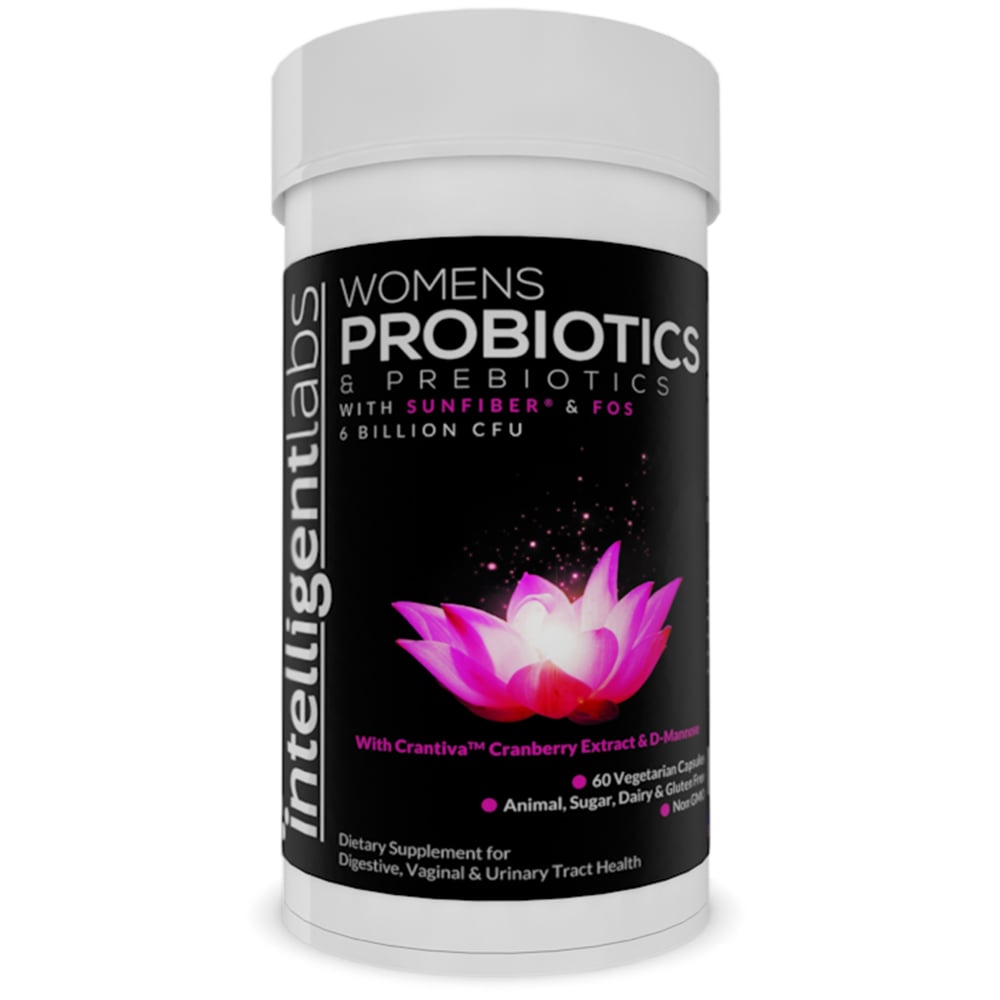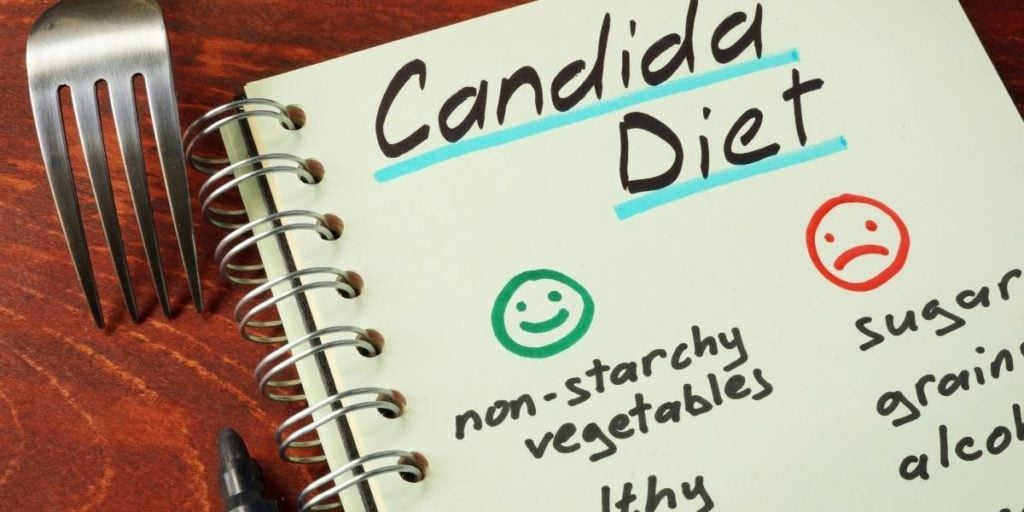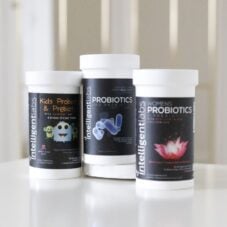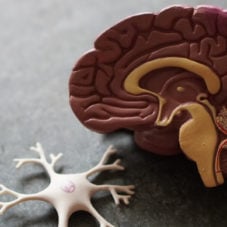Probiotics
Starve The Yeast With The Candida Diet Food List
The Candida diet isn’t just another fad—it’s a natural, science-backed way to help manage Candida overgrowth. If you’ve struggled with a Candida infection, then you know just how frustrating those symptoms can be.
So, let’s dive into how this diet works to “starve” Candida and bring some relief. Plus, we’ll explore whether adding probiotics to your routine might just be the game-changer you’ve been looking for.
Table of Contents
What is Candida?
Candida is a type of yeast (fungus) found naturally in the human body, especially in moist areas like the mouth, throat, gut, and genitals. It’s part of the human microbiome – a collection of fungi, bacteria, viruses, and other microbes that inhabit our bodies.
Of over 150 Candida species, five cause about 90% of infections: Candida albicans, Candida glabrata, Candida tropicalis, Candida parapsilosis, and Candida krusei.1
What are the risk factors for a Candida infection?
While Candida is usually harmless, it can become problematic if it grows out of control. Here are key risk factors for Candida overgrowth:
- Antibiotics: Disrupt the balance of good bacteria, allowing Candida to thrive.
- High-sugar diet: Sugar and refined carbs are Candida’s favorite foods.
- High stress and weak immunity: Both can fuel Candida growth.
- Unmanaged diabetes: Poorly managed blood sugar can encourage Candida overgrowth.
- Hormonal contraceptives: These can disrupt the balance in the microbiome.
- Pregnancy: Hormone changes disrupt the pH balance in the vagina.
- Tight clothing: Traps heat and moisture, creating a friendly environment for Candida.
Symptoms can start mildly, like fatigue, bloating, and gas. But if untreated, they may lead to more severe issues like oral thrush, recurring urinary tract infections, or fungal skin infections.2
Can the Candida diet help treat candidiasis?
Apart from taking antifungals, a good approach would be doing a Candida cleanse or a Candida diet. By cutting off its food supply, the yeast will eventually die. While it takes time, this approach can help avoid antifungal side effects like itching, burning, and digestive issues.3
The Candida diet may also help prevent future infections. It promotes low glycemic index (GI) foods like fruits, veggies, and whole grains while cutting out sugar and refined carbs. Low GI foods promote insulin sensitivity, better heart health, and weight loss.4

Candida diet food list: What to EAT to get rid of a yeast infection?
The Candida diet emphasizes low-sugar, nutrient-rich foods. Here’s what to include:
1) Low-sugar fruits
Fruits are healthy, but when it comes to sugar content, some fruits have more than others. Since sugar is food for the yeast, you must stay away from your favorite high-sugar fruits until your Candida situation is under control.
Here’s a table outlining the difference in sugar content between low and high-sugar fruits. All values are per 100g serving:5
| Low sugar fruits (GOOD) | High sugar fruits (LIMIT or AVOID) |
| Avocado (0.7g) | Grapes (15.5g) |
| Lemon (2.5g) | Mango (14.8g) |
| Cranberries (4.0g) | Cherries (12.8g) |
| Raspberries (4.4g) | Apples (10.4g) |
| Strawberries (4.9g) | Orange (9.4g) |
| Watermelon (6.2g) | Apricot (9.2g) |
2) Non-starchy vegetables
Starch consists of sugar molecules joined together.6 Eating starchy vegetables like corn and potatoes is a big no-no in the Candida diet (more on starchy foods in the next section). Here are examples of non-starchy veggies you should eat more while on this diet:
| Kale | Collard greens | Swiss chard | Bok choy |
| Spinach | Iceberg lettuce | Arugula | Watercress |
| Cabbage | Beet greens | Moringa leaves | Microgreens |
| Romaine lettuce | Cauliflower | Broccoli | Brussels sprouts |
| Eggplant | Zucchini | Tomato | Artichoke |
| Turnips | Pepper | Cucumber | Asparagus |
What about mushrooms? They’re non-starchy veggies, right?
While mushrooms are non-starchy, some people avoid them because they’re a type of fungus. However, the New Zealand Food Safety Authority sees no link between fungal infections and mushroom consumption. As long as the mushrooms are properly handled and stored, they should be safe to eat.7
3) Protein-rich foods
Protein from both animal and non-animal sources is great for the Candida diet. This is because this type of food has zero to little carbs, especially animal sources of dietary protein.
| Protein source | Examples |
| Lean meat | Pork, beef, lamb, veal |
| Poultry | Chicken, duck, turkey, geese, pheasant |
| Seafood | Fatty fish, lean fish, shrimp, crabs, mussels, clams |
| Dairy | Butter, ghee, Greek yogurt |
| Eggs | Pastured eggs, organic eggs, omega-3 enriched eggs |
| Nuts | Almonds, walnuts, hazelnuts, macadamia (avoid peanuts, cashews, pistachios as these are prone to mold) |
| Seeds | Sunflower, chia, flax, sesame, pumpkin seeds |
4) Whole grains
Whole grains are minimally processed grains containing 3 grain parts – the bran, germ, and endosperm. Examples of whole grains you can eat on the Candida diet include:8
- Brown rice
- Whole wheat
- Bulgur
- Oatmeal
- Whole grain cornmeal
5) Healthy fats
Monounsaturated and polyunsaturated fats are healthy, but saturated and trans fats are considered bad. Here’s a summary table of the type of fat you should add to your Candida diet:
| Healthy fats (GOOD) | Bad fats (AVOID) |
| Olive oil | Refined oils and fats |
| Coconut oil | Margarine |
| Avocado oil | Sunflower oil |
| Fish oil | Canola oil |
Tip: If you’re not a fan of fish, try a high-quality Omega-3 supplement to ensure a healthy fat intake.
6) Probiotics for Candida diet – is it a good idea?

Research shows that probiotics are effective against candidiasis.9 10 Probiotics, or live cultures of good bacteria, are found in yogurt but ensure they’re unsweetened.
Here’s a pro tip:
If you’re trying to treat Candida, a high-quality probiotic supplement like our Women’s Probiotics & Prebiotics may be a better option than eating live yogurt cultures. Each capsule contains at least 6 billion CFU of patented probiotic strains, 2 types of prebiotics, cranberry extract, and d-mannose.
Want a higher dose of these good probiotics? Check out our Adult Probiotics & Prebiotics. Each capsule contains a minimum of 50 billion CFU of ten patented acid and bile-resistant strains.
Candida diet food list: What to AVOID eating to treat candidiasis effectively?
By now, you should already have an idea of what NOT to eat on this diet. If not, well, let’s break it down!
1) Sugar
Candida thrives on sugar, so avoid all forms, including:11
| Cane sugar | Rice syrup | Honey |
| Maple syrup | Agave nectar | Corn syrup |
| Molasses | Maple sugar | Date sugar |
| Corn sugar | Dextrose | Fructose |
| Sucrose | Maltose | High fructose glucose syrup |
Alternative sweeteners: Safe natural options include stevia, erythritol, xylitol, and monk fruit extract.
2) Starchy food
As mentioned earlier, starchy veggies should be avoided in an anti-Candida diet. But veggies aren’t the only source of starch, here’s more:
- Refined grains – rice, oats, cornmeal, white flour
- Starchy veggies – cassava, potatoes, corn, sweet potatoes, beetroot, parsnips, lentils, yams
- Pasta and instant noodles
- Bread and bread products
3) Yeast
Expect your Candida symptoms to take a turn for the worse if you continue eating food that contains yeast! Here are a few examples:12
- Leavened baked goods like bread, biscuits, muffins, etc.
- Malt, a form of fermented barley, found in beer, whisky, candy like Maltesers, and popular choco drinks like Milo and Ovaltine
- Fermented products like alcoholic drinks, kombucha, soy sauce, miso
4) Molds
Just like yeast, mold is also a type of fungus. It might sound nasty to think about eating mold, but surprisingly enough, they’re found in plenty of foods! Here are examples of food that may have mold:
- Some nuts like peanuts, cashews, and pistachios because these are usually stored in warm and humid silos
- Moldy cheeses like brie, blue cheese, camembert, and limburger
- Pickled, smoked, or dried meats
- Dried, bottled, and canned fruits and veggies

FAQs on the Candida Diet
Can men follow the Candida diet?
Yes, Candida overgrowth affects both men and women, and this diet can help anyone aiming to reduce yeast naturally.
Can I drink coffee on an anti-Candida diet?
Coffee is safe in moderation (1-2 cups daily) without added sugar or milk. If symptoms worsen, consider reducing or eliminating coffee.
Is the Candida diet safe during pregnancy?
The restrictive nature of the Candida diet can impact nutrient intake. Consult an OB/GYN before starting, as adjustments may be necessary to support both mom and baby.
How long should I follow the Candida diet?
Typically, a 2-4 week period is recommended, but the duration depends on individual symptoms and infection severity.
Note: Candida is part of the microbiome, so complete eradication isn’t the goal—control is key.
Conclusion
The Candida diet can help manage yeast overgrowth by “starving” Candida and reducing symptoms. For best results, consider pairing this diet with lifestyle changes like reducing sugar, avoiding processed carbs, and incorporating probiotic-rich foods. This holistic approach may improve symptom relief and prevent future infections.
💬 Something on your mind? Share your thoughts in the comments. We love hearing from curious minds.
📩 And while you’re here, join our newsletter for more smart stuff (and secret perks)!
References:
- The Candida pathogenic species complex, Siobhán A Turner, Geraldine Butler, Cold Spring Harb Perspect Med . 2014 Sep 2;4(9):a019778 ↩︎
- 6 Symptoms of Candida Overgrowth (Plus How to Get Rid of It). Medically reviewed by Alana Biggers, M.D., MPH — By Kayla McDonell, RD ↩︎
- Antifungal medicines, from: https://www.nhs.uk/conditions/antifungal-medicines/ ↩︎
- Metabolic effects of low glycaemic index diets, Gabriela Radulian, Emilia Rusu, Andreea Dragomir & Mihaela Posea Nutrition Journal, Published: 29 January 2009 ↩︎
- From: https://www.self.com/ ↩︎
- Carbohydrates, Joanne Slavin, Justin Carlson, Adv Nutr . 2014 Nov 14;5(6):760-1. ↩︎
- Ask the experts: Mushrooms and fungal infections, Author: Healthy Food Guide staff. ↩︎
- Grains, taken from: https://www.myplate.gov/eat-healthy/grains ↩︎
- Effect of Probiotics on Oral Candidiasis: A Systematic Review and Meta-Analysis, Tiziana Mundula, Federica Ricci, Beatrice Barbetta, Michela Baccini, Amedeo Amedei, Nutrients . 2019 Oct 14;11(10):2449. ↩︎
- Probiotics as Antifungals in Mucosal Candidiasis, Victor H Matsubara, H M H N Bandara, Marcia P A Mayer, Lakshman P Samaranayake, Clin Infect Dis . 2016 May 1;62(9):1143-53 ↩︎
- The Interplay Between Sugar and Yeast Infections: Do Diabetics Have a Greater Predisposition to Develop Oral and Vulvovaginal Candidiasis? Lubna Mohammed, Gaurav Jha, Iana Malasevskaia, Harshit K Goud and Aiman Hassan, Cureus. 2021 Feb; 13(2): e13407 ↩︎
- Foods High in Yeast, Written by WebMD Editorial Contributors, Kathleen M. Zelman, RD, LD, MPH on November 10, 2022 ↩︎




